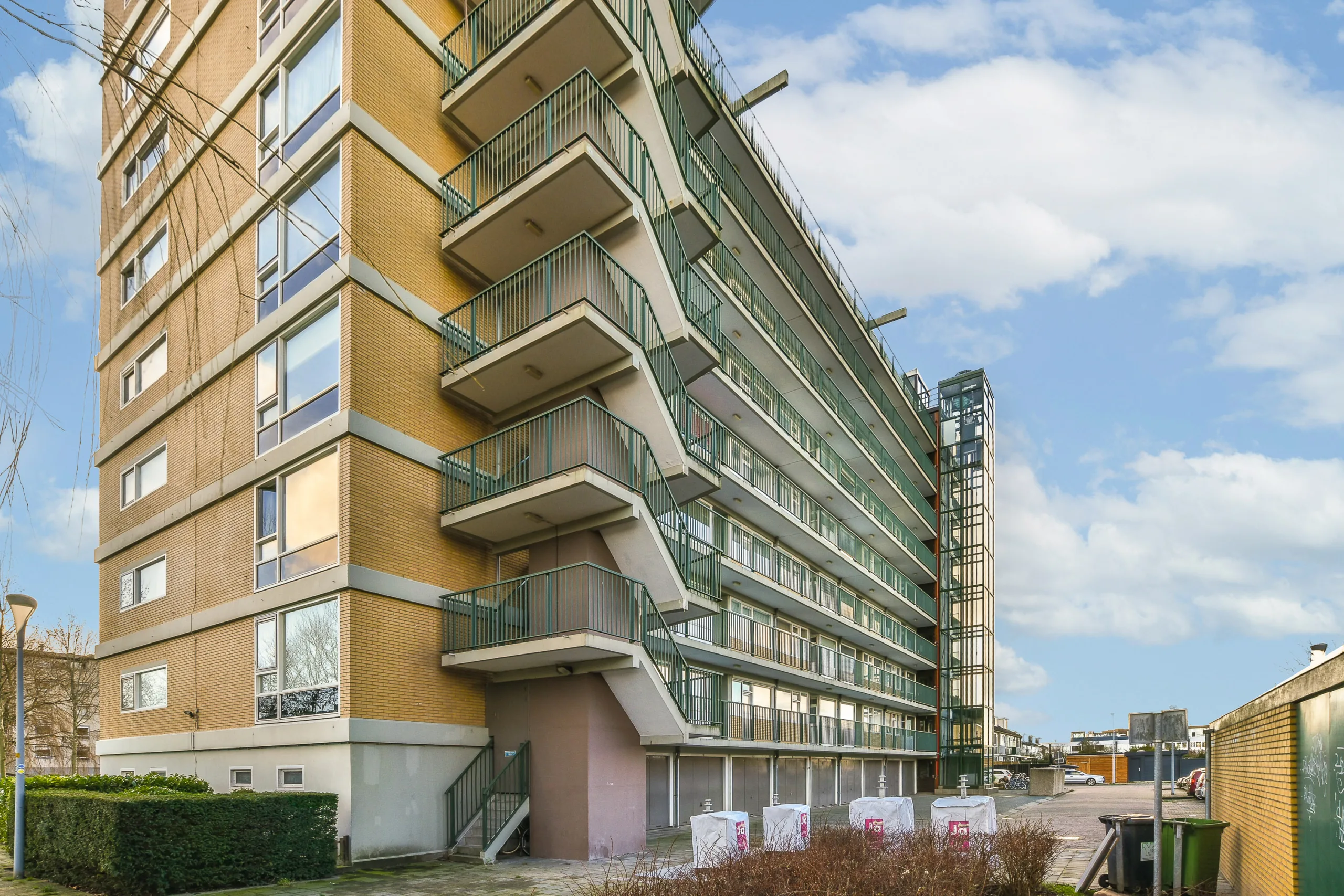- 2019 rent reforms eliminated vacancy bonuses and luxury decontrol, removing financial incentives for landlords to offer buyouts.
- Many rent-stabilized tenants still expect payouts, unaware that buyouts are no longer viable under current law.
- Landlords often lose money on vacant units, making it more cost-effective to keep tenants in place.
- Buyouts now happen only in rare cases, typically involving extreme rent gaps or rent-controlled units.
The Law That Changed The Game
In June 2019, Albany passed sweeping rent reforms through the HSTPA, which stripped landlords of tools to substantially increase rents when rent-stabilized units turned over. Prior to the law, a vacant unit could trigger a 20% rent increase and, if the rent hit $2,775, it could exit stabilization altogether. Renovations also enabled long-term rent bumps, and rent buyouts became a common strategy for landlords to encourage tenants to vacate, unlocking higher rental income. But with the elimination of vacancy bonuses and luxury decontrol, rent buyouts have largely disappeared, as landlords no longer benefit financially from reclaiming these units.
Post-HSTPA, those incentives vanished, as reported by The Real Deal. Renovations offer only temporary and tightly capped increases, and deregulation for high-rent units is no longer allowed. This shift effectively ended the financial logic behind many buyouts, once a popular route for both tenants seeking cash and landlords eyeing higher income.
The Phantom Buyout
Despite the dramatic change, many tenants remain unaware. Landlords report receiving regular buyout inquiries from renters who assume their below-market leases still carry six-figure value.
One building manager’s viral post summed it up: “We lose less money leaving it rented to you.” Responses from fellow landlords echoed the sentiment—many now see buyout requests as outdated and uninformed.
Get Smarter about what matters in CRE
Stay ahead of trends in commercial real estate with CRE Daily – the free newsletter delivering everything you need to start your day in just 5-minutes
A Deal That’s Mostly Dead
Tenant advocates championed HSTPA, arguing that buyouts often exploited vulnerable renters. In 2019, the City Council even banned unsolicited buyout offers, equating them with harassment.
Still, in rare instances, buyouts occur—particularly in rent-controlled units where the gap between legal and market rent is extreme. One landlord paid a tenant $250K to vacate a $500/month three-bedroom. With market rents around $3,500/month, the economics made sense—even after accounting for $100K in renovations.
But such deals are increasingly rare. The vast majority of buyouts, once averaging around $50K, no longer pencil out.
Why It Matters
The death of buyouts is more than a financial loss for landlords—it’s a missed opportunity for tenant mobility and housing turnover. Tenants once able to cash in their leases and relocate are now tethered to units with rents set decades ago.
What was hailed as a win for affordability has also locked up housing stock, with some landlords opting to leave units empty rather than operate them at a loss.
The Bottom Line
Tenants holding out hope for a payout to leave their rent-stabilized unit may be waiting forever. Thanks to Albany’s 2019 overhaul, those golden parachutes are largely gone—and not coming back.

















